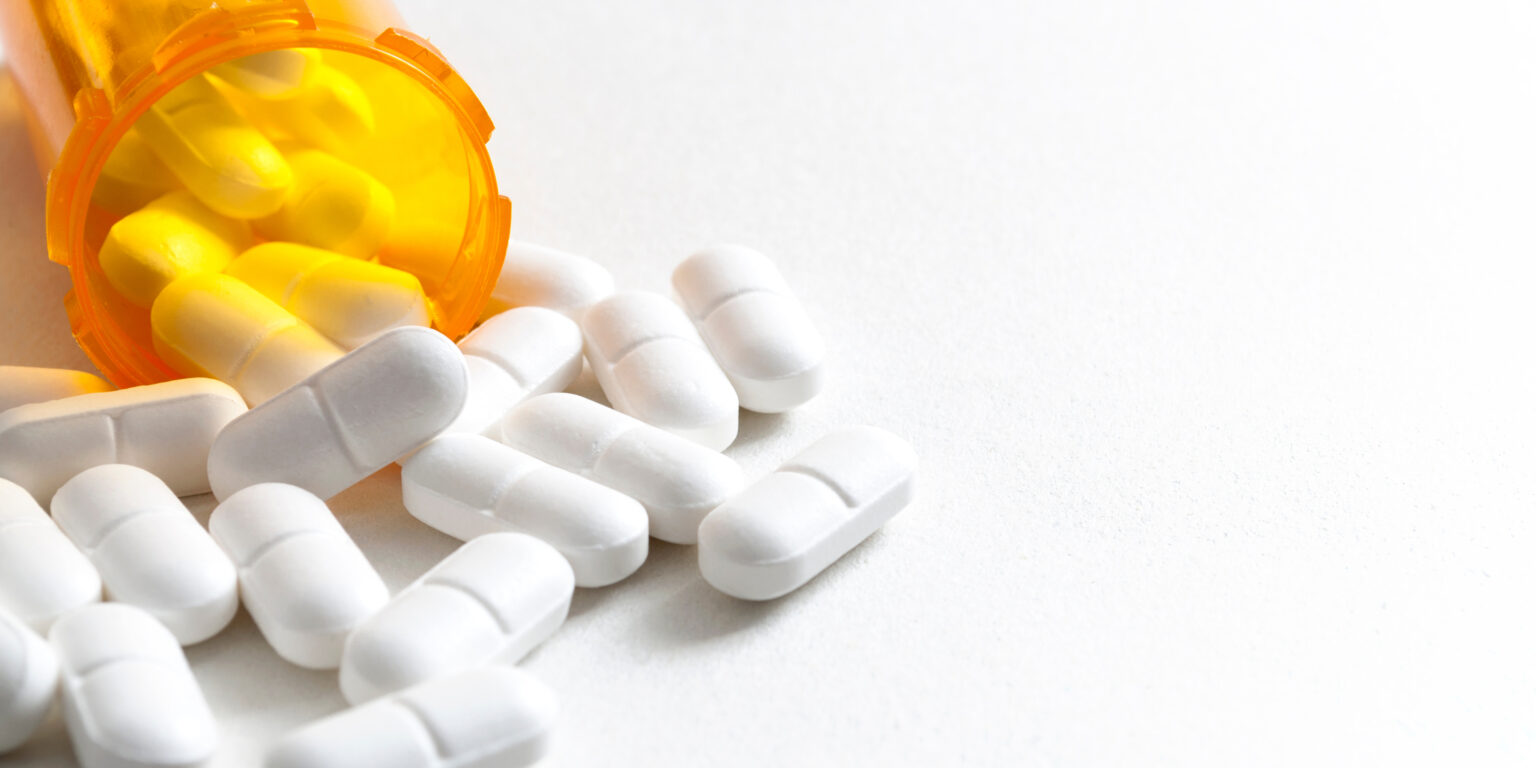The opioid epidemic continues to devastate families and communities across the United States. As of 2024, more than 80,000 lives are lost each year to opioid overdoses—that’s over 219 deaths every single day. This ongoing crisis affects people of all ages, backgrounds, and geographic areas.
What Are Opioids?
Opioids are a powerful class of drugs used to relieve pain. They include prescription medications like oxycodone, hydrocodone, morphine, and methadone, as well as illicit substances such as heroin and illegally manufactured fentanyl. Originally developed for short-term pain relief after surgery or injury, these drugs work by blocking pain signals and triggering dopamine release in the brain, which produces feelings of pleasure and relaxation.
However, these same effects can lead to tolerance, dependence, and addiction—especially with prolonged or improper use.
Why Are Opioids So Addictive?
Opioids hijack the brain’s reward system. By flooding the brain with dopamine, they create a sense of euphoria that users may quickly come to crave. Over time, the brain adapts by producing less dopamine on its own, leading individuals to take more of the drug just to feel normal.
Risk factors for opioid misuse and addiction include:
-
Family or personal history of substance abuse
-
Mental health issues like depression or anxiety
-
High-stress or traumatic life experiences
-
Easy access to prescription opioids
Common Types of Opioids
-
Prescription Opioids: Oxycodone, hydrocodone, morphine, methadone
-
Fentanyl: A synthetic opioid up to 100 times stronger than morphine; legally prescribed but also produced illicitly and responsible for nearly 70% of opioid-related deaths
-
Heroin: An illegal opioid made from morphine, responsible for around 30% of all opioid overdose deaths
Recognizing an Opioid Overdose
Overdoses can happen when someone takes too much of a drug, consumes a laced product, or combines substances. The life-saving drug naloxone (Narcan) can reverse an overdose if given in time.
Signs of overdose include:
-
Tiny, pinpoint pupils
-
Difficulty breathing or stopped breathing
-
Unconsciousness or inability to wake
-
Cold or clammy skin
-
Blue lips or fingernails
- Blue lips or fingernails
If you think someone is experiencing an opioid overdose:
- Call 911 immediately
- Administer naloxone, if available
- Attempt to keep the person awake
- Lay them on their side to avoid choking
- Stay with the person until professional emergency help arrives
Opioid Withdrawal
If a person stops using a drug or cuts back after a period of extended use of a few weeks or more, they may experience withdrawal. This happens due to the body reacting to no longer having the drug. Within a day without use, a person may experience muscle aches, excessive sweating, restlessness, and other symptoms. The symptoms may worsen over the next few days and can include a rapid heartbeat, high blood pressure, diarrhea, goosebumps, and more.
Understanding opioids—how they work, why they’re dangerous, and how to respond in a crisis—is crucial for everyone. Whether you’re a parent, friend, co-worker, or community member, staying informed helps you protect yourself and those around you.
If you or someone you know is struggling with opioid use, reach out to your local health provider or call the SAMHSA National Helpline at 1-800-662-HELP (4357)—available 24/7, confidential, and free.




